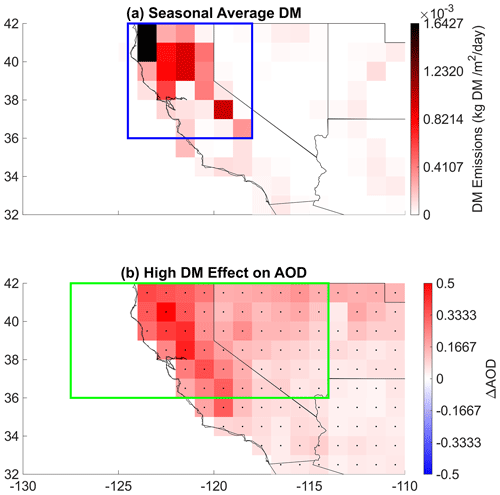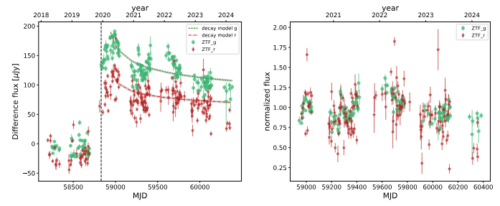2024-06-18 カリフォルニア工科大学(Caltech)

Measurements of temperature and salinity being collected from the R/V Nathaniel B. Palmer in the Bellingshausen Sea, Southern Ocean. The loss of volume of ice shelves in this region of West Antarctica has increased rapidly in recent decades.
Credit: Andrew Thompson
<関連情報>
- https://www.caltech.edu/about/news/new-seawater-pathways-discovered-around-antarctica
- https://agupubs.onlinelibrary.wiley.com/doi/abs/10.1029/2023JC020080
ベリングスハウゼン海からアムンゼン海までの海盆間交流の経路 Pathways of Inter-Basin Exchange From the Bellingshausen Sea to the Amundsen Sea
M. Mar Flexas, Andrew F. Thompson, Megan L. Robertson, Kevin Speer, Peter M. F. Sheehan, Karen J. Heywood
Journal of Geophysical Research: Oceans Published: 02 June 2024
DOI:https://doi.org/10.1029/2023JC020080
Abstract
The West Antarctic Ice Sheet is experiencing rapid thinning of its floating ice shelves, largely attributed to oceanic basal melt. Numerical models suggest that the Bellingshausen Sea has a key role in setting water properties in the Amundsen Sea and further downstream. Yet, observations confirming these pathways of volume and tracer exchange between coast and shelf break and their impact on inter-sea exchange remain sparse. Here we analyze the circulation and distribution of glacial meltwater at the boundary between the Bellingshausen Sea and the Amundsen Sea using a combination of glider observations from January 2020 and hydrographic data from instrumented seals. Meltwater distributions over previously unmapped western regions of the continental shelf and slope reveal two distinct meltwater cores with different optical backscatter properties. At Belgica Trough, a subsurface meltwater peak is linked with hydrographic properties from Venable Ice Shelf. West of Belgica Trough, the vertical structure of meltwater concentration changes, with peak values occurring at greater depths and denser isopycnals. Hydrographic analysis suggests that the western (deep) meltwater core is supplied from the eastern part of Abbot Ice Shelf, and is exported to the shelf break via a previously-overlooked bathymetric trough (here named Seal Trough). Hydrographic sections constructed from seal data reveal that the Antarctic Coastal Current extends west past Belgica Trough, delivering meltwater to the Amundsen Sea. Each of these circulation elements has distinct dynamical implications for the evolution of ice shelves and water masses both locally and downstream, in the Amundsen Sea and beyond.
Key Points
- Hydrographic observations identify both shelf-break and coastal meltwater pathways from the western Bellingshausen Sea into the Amundsen Sea
- Differences in optical backscatter properties associated with meltwater are related to distinct coast-to-shelf break pathways
- The main pathway to the shelf break is via Seal Trough, identified as the de facto western boundary of the Bellingshausen Sea
Plain Language Summary
Floating ice shelves in West Antarctica are thinning, which is largely due to melting of the ice shelf base by the ocean. Here, measurements of ocean temperature, salinity, and dissolved oxygen, collected by a remotely-controlled underwater vehicle (a glider), are used to estimate the amount of ice shelf meltwater released in the Bellingshausen Sea. Distinct cores of meltwater can be distinguished by the amount of suspended material that is present in the water, which we attribute to meltwater following different circulation pathways after entering the ocean. Historical data from seals equipped with temperature and salinity sensors provide additional information about how the meltwater circulates in the region. The seal data show the presence of a narrow coastal current that brings meltwater from the Bellingshausen Sea into the Amundsen Sea. The pathways of meltwater revealed in this study suggest an important influence of the Bellingshausen Sea on ice shelves throughout West Antarctica.



